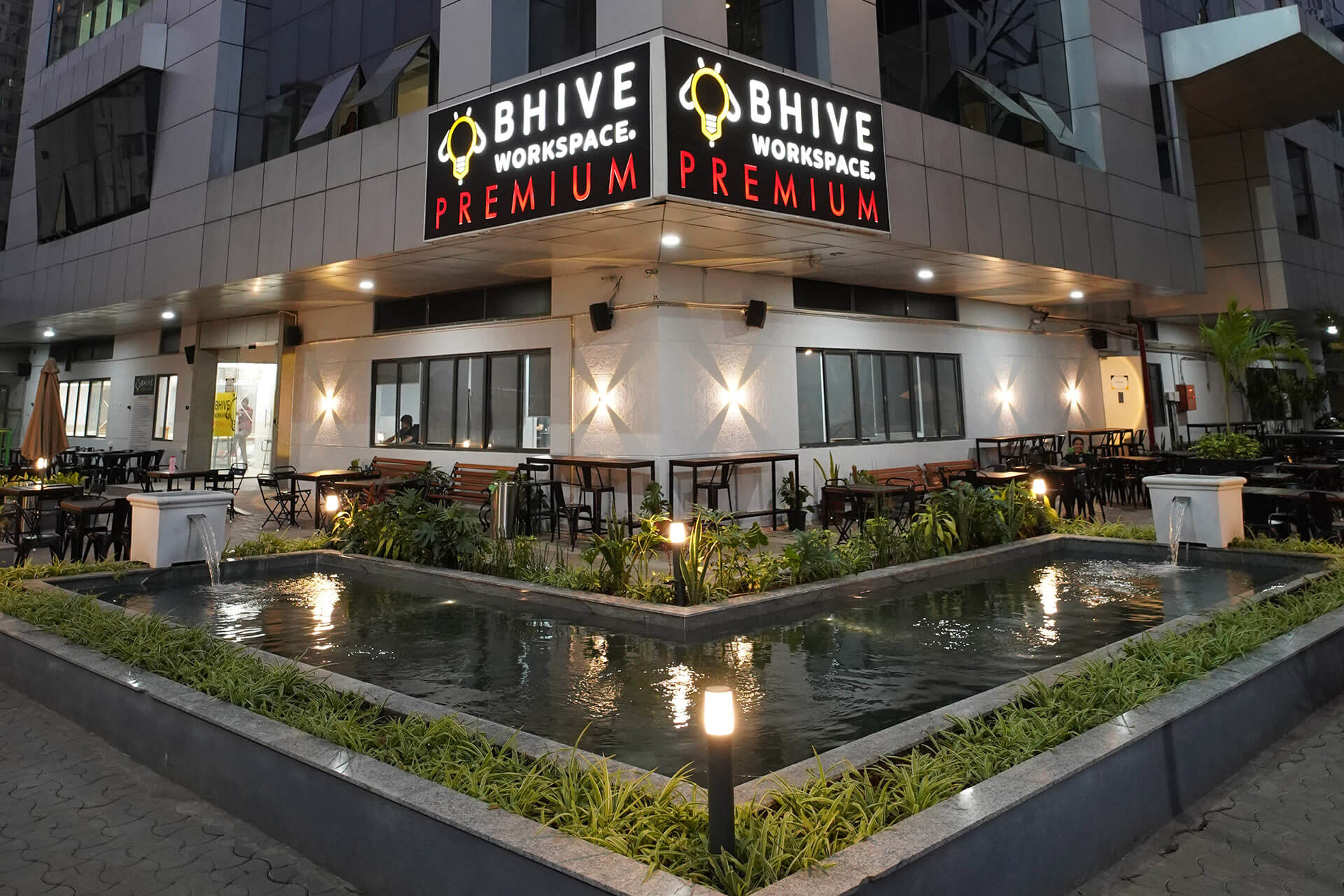E - PAPER
Co-living service providers must improve quality and rationalizerates
An industry study The co-living segment in India has the potential to grow into a $93-billion market however, changes must be made in the existing modus operandi to make this housing segment a success, reveals a consumer survey conducted by PropTiger.com, part of Elara T
 BY
admin
BY
admin
Published - Saturday, 15 Jun, 2019

An industry study
The co-living segment in India has the potential to grow into a $93-billion market however, changes must be made in the existing modus operandi to make this housing segment a success, reveals a consumer survey conducted by PropTiger.com, part of Elara Technologies Pte Ltd which also owns Housing.com, Makaan.com, and FastFox.com.
As per the survey, the quality of services, poor maintenance and lack of trust are the key issues that service providers in this segment must address before they are able to exploit the true potential of co-living as an investment option. The survey also highlighted that there are several gaps between demand expectations and supply even though service providers are currently adopting different strategies to offer various products meant for specific consumer categories.
What inspires them to adopt co-living?
Moved by financial prudence, people also pick co-living over other traditional mediums because of their desire to meet new people and to address security-related concerns, shows the consumer survey. Demand for co-living spaces is also increasing because of brand trust and ease of search, something PGs are not able to provide to the consumers.
How do they search?
The consumer survey conducted in May 2019, also reveals that those looking for co-living spaces start their search online, including Facebook groups. They are also influenced by various offline mediums to get to their final destinations. These include word-of-mouth recommendations and out-of-home signage.
What is the budget range?
There is a huge variance in the average budget people keep for co-living spaces. Respondent who took part in the consumer survey were willing to pay between Rs 4,500 to Rs 33,000 monthly, depending on number of beds in a room, the service quality, brand, and amenities they wanted.
The survey indicated that while price is a key consideration, consumers are willing to pay for better amenities in a co-living setup. The respondent said they were willing to shell out additional money for facilities such as air conditioning, washing machine & dryer, daily cleaning services and water purifier among others.
What is the tenure like and why do they leave?
Here, too, there is huge variance. While some of the respondents stayed for as long as five years in co-living spaces, others moved out within three months. Issues with roommates, unsatisfactory food offerings and unresponsive management are the push factors that force people to move out. People also move out because of pull factors such as the desire for independent living and safety of belongings. Consumers also switch to rental accommodations with friends since they are more comfortable living with people they know. They also move out when they start earning better and are thus able to shift to an independent and private place.
What needs to improve?
Lack of transparency in the renting process and service providers’ unresponsive approach towards maintenance facilities are some of the factors that act against this concept, leading to consumers moving to traditional housing options. The co-living segment would also perform better, shows the survey, if consumers were not obliged to pay security deposits, etc., that ultimately jack up the overall cost. Respondents who took part in the survey were of the view that opting for co-living spaces makes sense only if it amounts to lower monthly outgo as compared to independent rental options. Surprisingly, the benefits of community living are not an important factor yet in the decision making criteria although people are intrigued by the prospect. Additionally, consumers are very concerned about the person they room with and hence effective roommate matching tools become important.
RELATED STORY VIEW MORE
NEWS LETTER
Subscribe for our news letter
E - PAPER
-

CURRENT MONTH 
LAST MONTH















